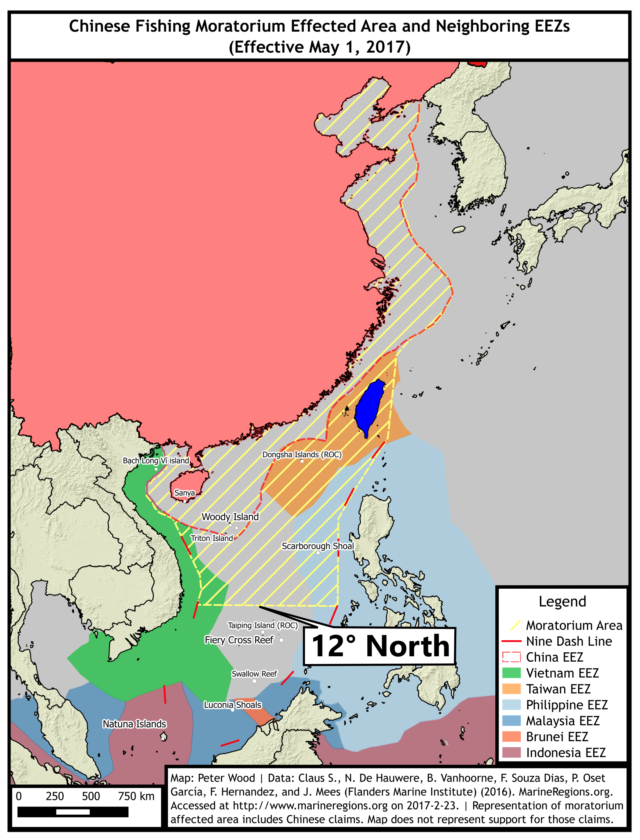BY JAMES KIRCHICK
May 9, 2022 — Standing on the viewing platform in Red Square, President Vladimir Putin observed the military parade commemorating the 77th anniversary of the Soviet Union’s defeat of Nazi Germany. This Victory Day, he had reason to be especially proud of his country.
Earlier that week, a group of 150 Russian special forces — bearing no insignia and disguised like the “little green men” who had occupied the Crimean peninsula eight years prior — had slipped into the tiny neighboring Baltic state of Estonia. Seizing a government building in Narva, a city on the border with an ethnic Russian majority, they planted a Russian flag on the roof and promptly declared the “Narva People’s Republic.” In a statement released to international media, leaders of the nascent breakaway state announced they were “defending ethnic Russians from the fascist regime in Tallinn,” Estonia’s capital. Most of Narva’s Russian-speaking citizens looked upon the tumultuous events with passivity. Ever since the annexation of Crimea in 2014, they suspected something like this would eventually happen.
In the months leading up to the incursion, Kremlin-backed television networks — widely watched by Estonia’s Russian-speaking minority — had beamed inflammatory reports about an impending Estonian “genocide” of ethnic Russians, much as they had warned of a similar phantom “genocide” allegedly perpetrated by the Ukrainian government against its own Russian-speaking population years earlier. Tensions reached a climax in March when Russian media accused an “Estonian fascist gang” of kidnapping an ethnic Russian teenager. Agents of the Russian Foreign Intelligence Service (SVR) in Narva were aware from the very beginning that the boy had actually died in an alcohol-induced accident after falling off a bridge. But such facts need not get in the way of a pretext, which came in the form of an ethnic Russian leader in Narva calling for Moscow’s “fraternal assistance” in staving off an incipient pogrom.
Within an hour of Russian Spetsnaz forces commandeering the administrative building in Narva, the Estonians rushed into action. Approaching the outskirts of the city, the Estonian army announced that if the men did not exit the premises with their hands above their heads, Estonian officers would enter and clear the structure by force. Yet it immediately became apparent to all involved that this was an idle threat: Over the course of the previous evening, 25,000 Russian soldiers had amassed on the eastern side of the Narva River, along with 200 tanks and 50 attack helicopters. The operation1) Putin’s hatred of Estonia is personal. During the Great Patriotic War, Putin’s father parachuted into the country ahead of the re-conquering Red Army. Vladimir Spiridonovich Putin was a member of the elite People’s Commissariat for Internal Affairs (NKVD), Josef Stalin’s secret police force responsible for foreign operations, and he deployed to Estonia to wage sabotage attacks against the Germans and their local collaborators. Hiding in the woods and running out of food, as Putin recounted the story of his father’s exploits, the elder Putin and his comrades turned to some farmers for help. The ungrateful peasants soon alerted the Nazis to the location of their Russian liberators, and father had to submerge himself in a swamp. Using a piece of straw as a makeshift snorkel, he barely escaped with his life. took Western intelligence agencies completely by surprise. American spy satellites ought to have detected any Russian troop movement along the borders of one of its easternmost NATO allies, yet Moscow, having gained access to Washington’s European communications network, was able to mask its maneuvers. (Edward Snowden, on whose chest Putin had pinned a Hero of the Russian Federation Prize in 2018, had seen to that.)

















